Respiratory Balance Sheet
The major component that produced during the photosynthesis is Glucose which is further metabolised by the different metabolic pathways like glycolysis, Krebs cycle, TCA cycle and produces energy which is then utilise by the organism for their different physiological activities.
On account of consumption and production of ATP water molecules carbon dioxide molecule and oxygen molecule incomplete aerobic oxidation of one molecule of glucose through the various processes like glycolysis tricarboxylic acid cycle or electron transport chain or electron transport system is describe below:
In the process of glycolysis the first step is conversion of glucose to glucose 6 phosphate by the addition of inorganic phosphate molecular to glucose which is produced due to the breaking down of ATP molecules. Thus this is an ATP consumption process.
Fructose 6 phosphate is then converted to Fructose 1 6 bisphosphate where again another molecule of inorganic phosphate is attached to the fruit of 6 phosphate and one molecule of ATP is consumed as it degraded to give inorganic phosphate.
Next two molecules of glyceraldehyde 3 phosphate is converted to 13 diverse for glyceric Acid and produces NADPH2 free then undergoes in the ecosystem and give rise to six molecules of ATP.
Another energy producing state is conversion of two molecules of 1, 3 di phosphoglyceric acid into 3 phosphoglyceric acid where two molecules of ATP are produced as each ATP molecule is formed from each conversion.
Next two phosphoenolpyruvic acid is converted to into two molecules of pyruvic acid. In this step of glycolysis ATP molecules are produced from every step. As a result total 8 molecules of ATP are produced during the conversion of glucose into pyruvic acid before entering into the TCA cycle.
Oxidative Decarboxylation of Pyruvic Acid - During oxidative decarboxylation of pyruvic acid, pyruvic acid molecule is converted to acetyl CoA, NADPH2 is produced which will pass through the ETS cycle and produces three molecules of ATP from each NADPH2. As two molecules of pyruvic acid are produced during glycolysis, thus two molecules of NADPH2 are produced during oxidative decarboxylation of pyruvic acid which ultimately give rise to the six molecules of ATP via ETS cycles.
TCA cycle - in TCA cycle are
tricarboxylic acid cycle energy molecules are produced in different reactions
which are described below-
Isocitrate acid is converted into Alpha ketoglutaric acid that produces NADPH2. Ultimately three molecules of ATP are produced by ETS cycle. Alpha ketoglutaric acid is converted into succinyl CoA where again two molecules of NADPH2 are produced during this reaction which pass into the ETS cycle and produces six molecules of ATP. Next succinyl CoA is converted to succinic acid that produces two molecules of ATP. Succinic acid is again converted to fumaric acid that produces two molecules of FADH2 that ultimately producers 4 molecules of ATP. During the conversion of maleic acid into Oxalic acetic acid six molecules of ATP are produced. Thus total 24 molecules of ATP.
Total 8 + 6 + 24 = 38 molecules of ATP.
From Respiratory Balance Sheet Acid Cycle to HOME PAGE
Recent Articles
-
Respiratory Balance Sheet | TCA Cycle | ATP Consumption Process
Feb 18, 24 01:56 PM
The major component that produced during the photosynthesis is Glucose which is further metabolised by the different metabolic pathways like glycolysis, Krebs cycle, TCA cycle and produces energy whic… -
Electron Transport System and Oxidative Phosphorylation | ETC |Diagram
Feb 04, 24 01:57 PM
It is also called ETC. Electron transfer means the process where one electron relocates from one atom to the other atom. Definition of electron transport chain - The biological process where a chains… -
Tricarboxylic Acid Cycle | Krebs Cycle | Steps | End Products |Diagram
Jan 28, 24 12:39 PM
This is a type of process which execute in a cyclical form and final common pathway for oxidation of Carbohydrates fat protein through which acetyl coenzyme a or acetyl CoA is completely oxidised to c… -
Aerobic Respiration | Definition of Aerobic Respiration | Glycolysis
Dec 15, 23 08:42 AM
This is a type of respiration where molecular free oxygen is used as the final acceptor and it is observed in cell. Site of Aerobic Respiration - Aerobic respiration is observed in most of the eukaryo… -
Fermentation | Definition | Types of Fermentation | Application
Nov 29, 23 10:27 PM
Definition of fermentation- It is a process that is energy yielding process of anaerobic oxidation of organic compounds which are carried out by the enzyme action of micro organisms where neither gase…
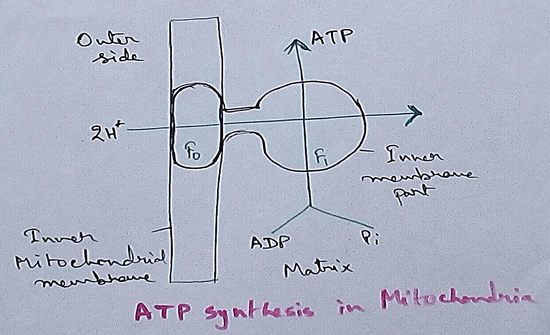
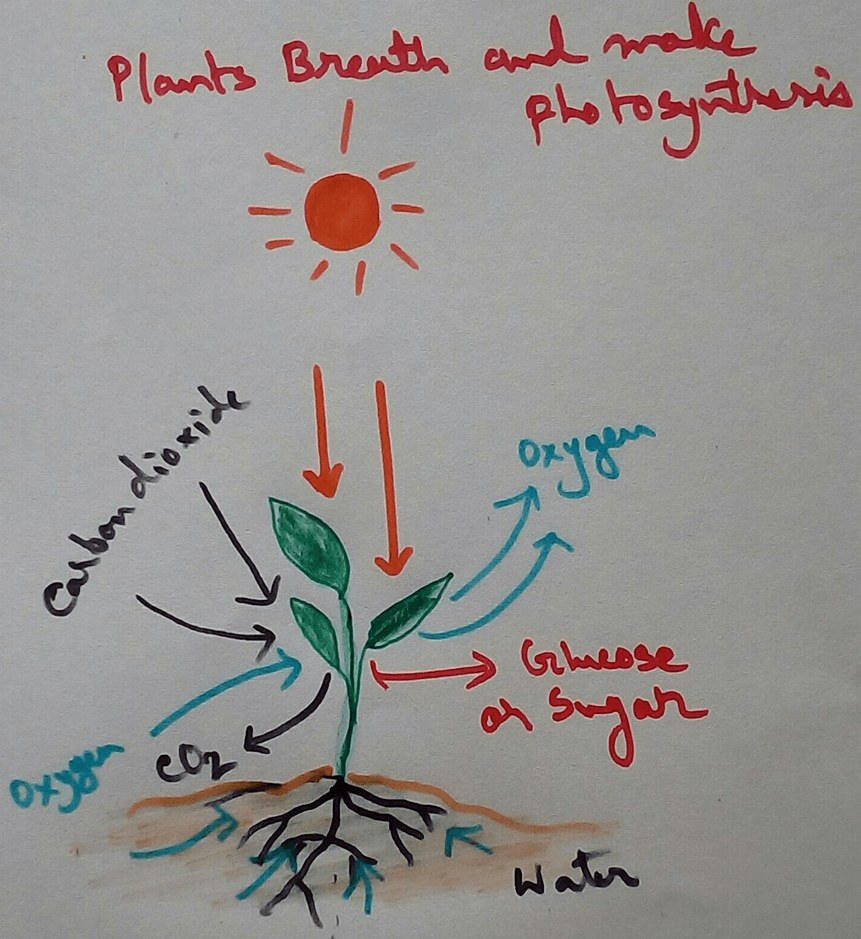
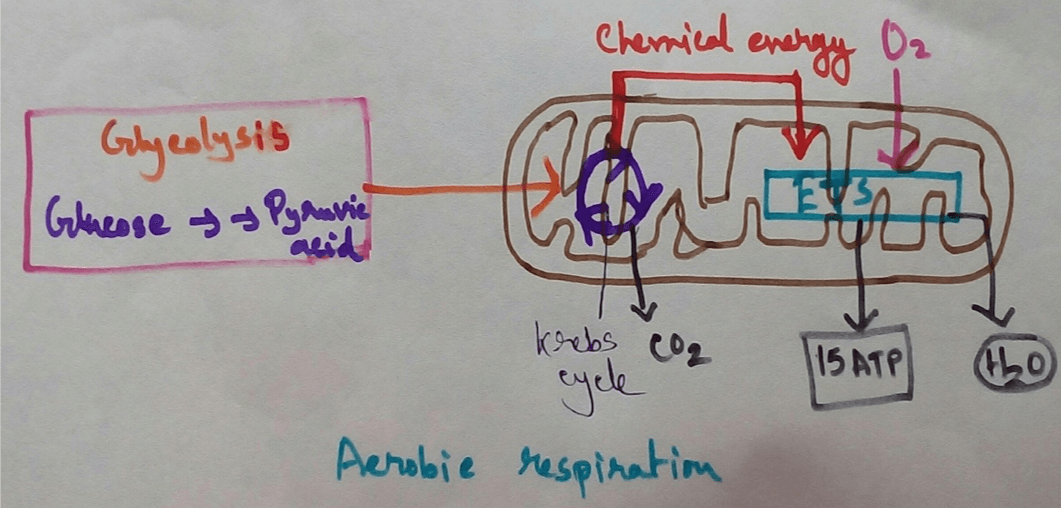
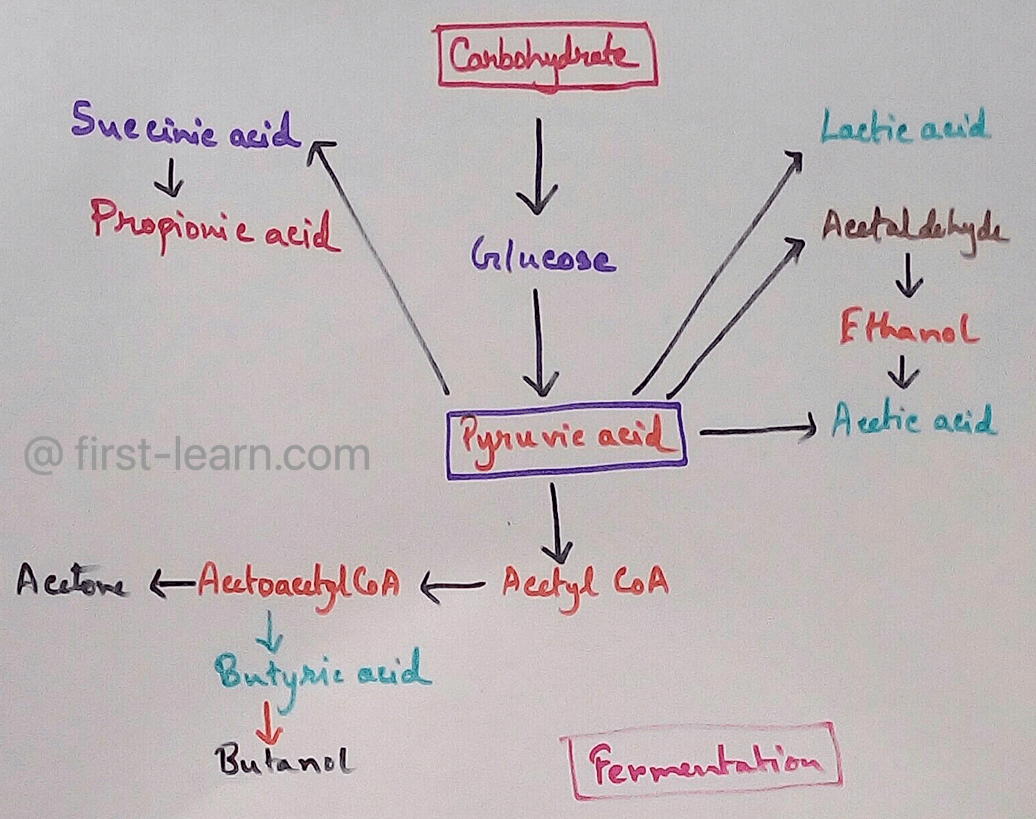
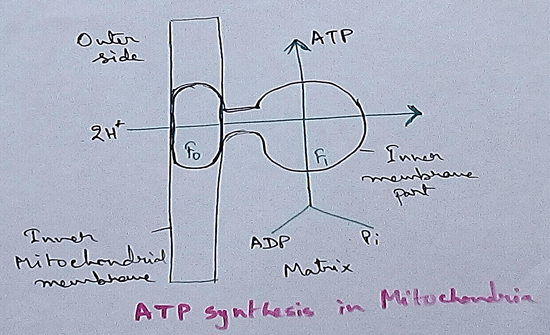
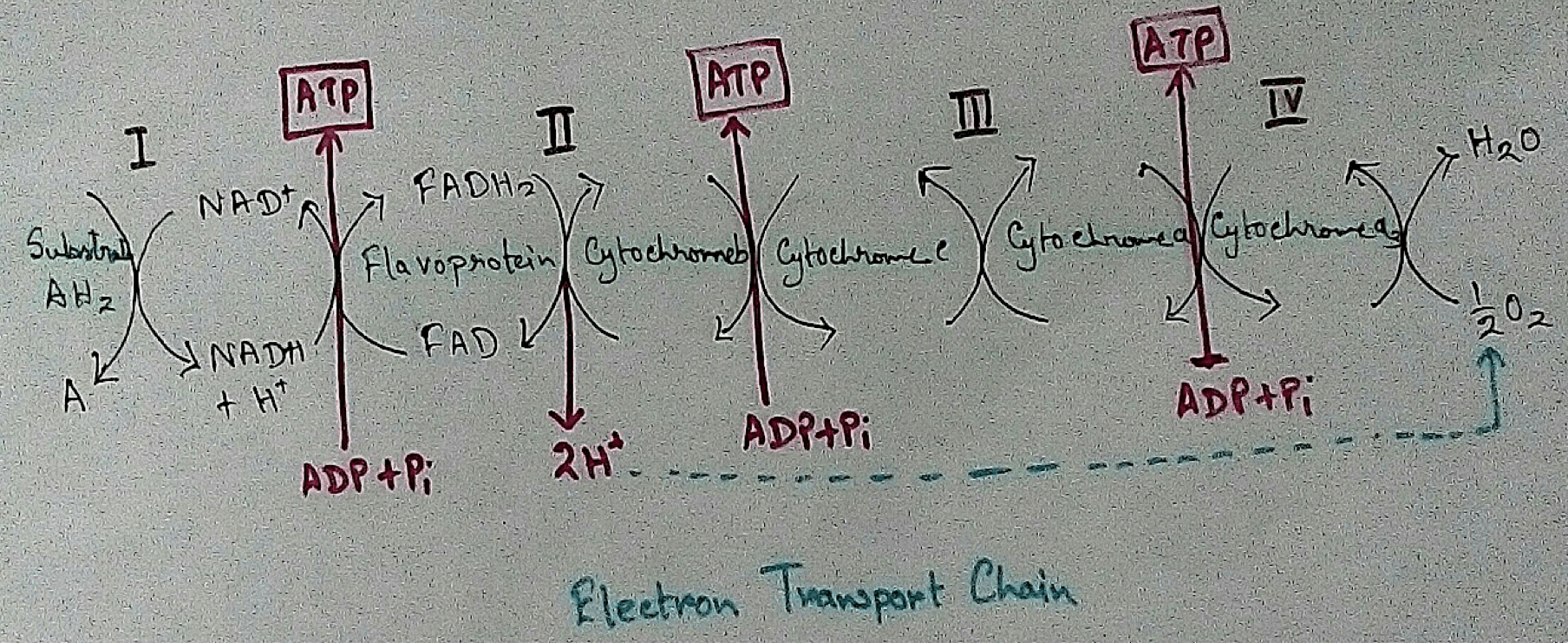

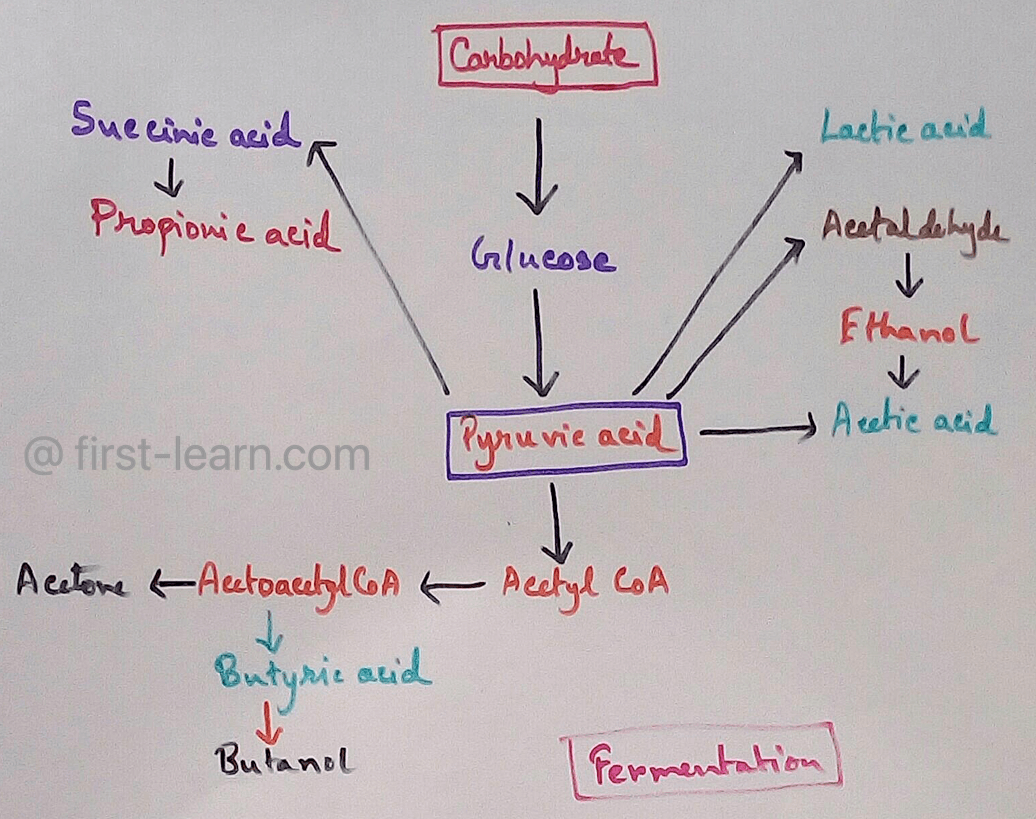
New! Comments
Have your say about what you just read! Leave me a comment in the box below.